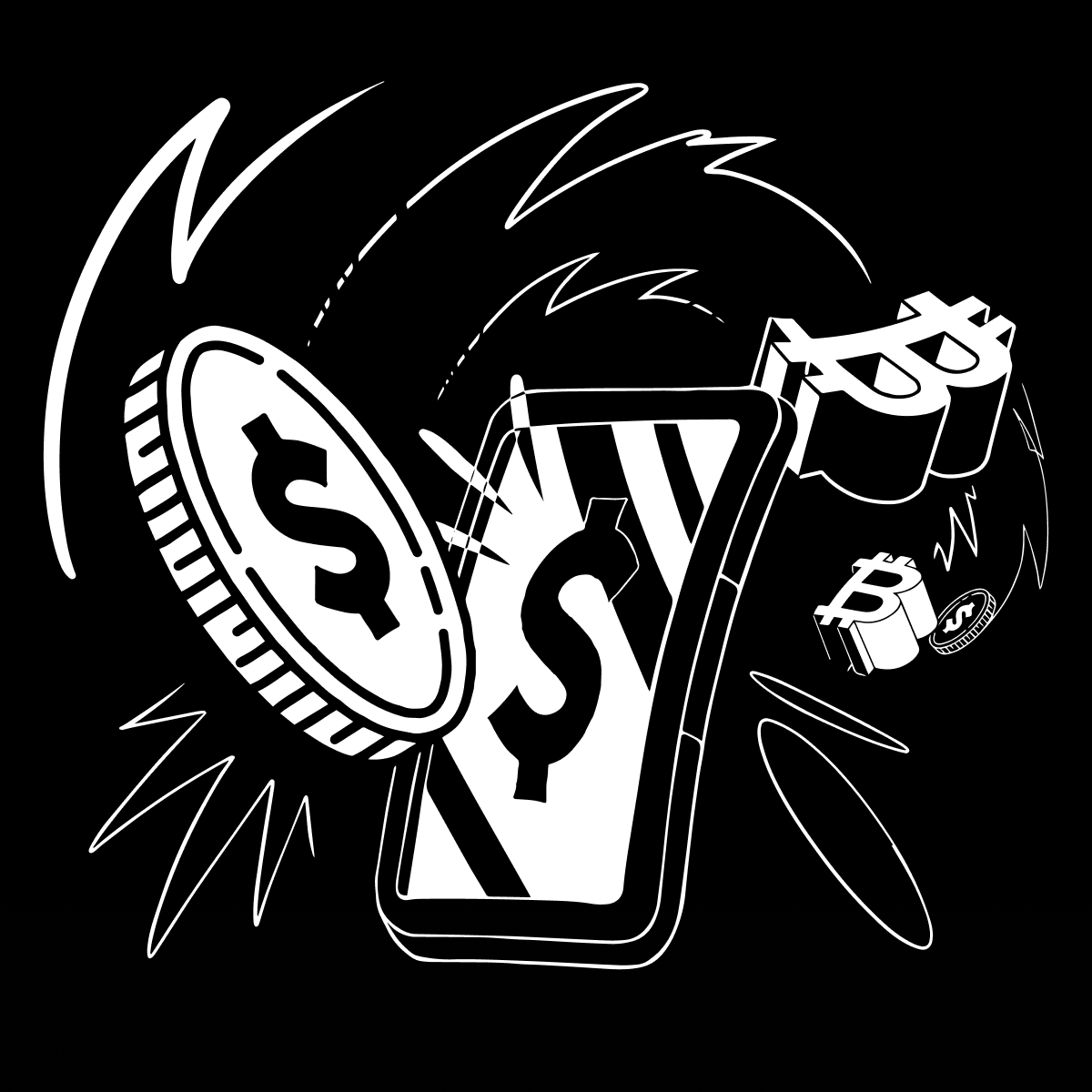Better content monetization with Bitcoin & Lightning
Monetize content, without the friction
Content monetization that works
Monetizing content is hard.
No one wants to input their name, address, and credit card number to pay to read an article or watch a video. People click away because of friction. They don’t want to pay that much, or add that info, or fill out that form. They want the content, with as little friction and the best price possible.
Bitcoin and Lightning offer the alternative.

The Lightning Network processes payments that are instantly settled, require no KYC, and can be transacted in amounts less than a penny. This unlocks new possibilities for low-to-no friction revenue models for accessing and engaging with content.
Views and subscriptions
Standard paywalls for websites, articles, videos, and online documents are significant barriers. They often require users to submit their name, email, and/or payment info, as well as their money and time. This high friction leads content creators to be forced to turn to alternative models, such as selling ads, which come with their own undesirable intrusions and influences.
What if an alternate content monetization channel could be provided, one with direct micro-payments, minimal friction, and global scalability.
With Lightning, paywalls can be reimagined. They can require no personal or payment info, can be set as amounts under one penny, and can be faster and easier to process. A Lightning paywall displays a Lightning invoice QR code, which is scannable by any Lightning-enabled wallet globally (including browser extensions) to unlock the content. Bitcoin Lightning payments are settled instantly, with no chargeback risk. This means users can arrive at the content, be presented with a QR code or browser prompt, finalize a one-time micro-payment immediately, and proceed to the content. No credit card number, no name and address form, no minimum $5 per transaction.
Lightning also opens new monetization formats, such as pay-per-paragraph or pay-per-minute website access by generating new invoices to “continue reading”. Such monetization strategies can also extend to videos, podcasts, and music content with pay-per-view or pay-per-second formats.
Monetizing content via Lightning offers a way to ditch legacy payment processors, enhance user privacy, and explore new payment amounts, frequencies, and possibilities.

Email and engagement
Beyond standard content monetization, Lightning can be used to authenticate online communication.
For example, you can build Lightning paywalls directly into your own email. When messages are received from select sources (or from all sources that are external to your organization), an auto-reply can be returned with a Lightning invoice QR code. Only once that invoice is paid will the original message be forwarded to the recipient. This can be a spam-mitigation tool, or can be used to filter communication towards only high-signal messages.
For example, you could set a high payment threshold for any external emails to be delivered to your CEO's inbox, thereby protecting your CEO's inbox from unwanted or low-value communications. This concept currently works as a real app.
The same principle can be extended to any online engagement such as voting in online polls or for paywalling special in-app features. It can also be scaled with multi-tier paywalls for higher-value interactions. It's a way to segment and mediate user interactions, based on their intent and urgency.
Web apps and services
Web-based apps and services face unique challenges when serving both one-time or recurring customers.
Paid web apps incur immediate costs while in use (compute power, storage, hardware, etc…), while revenue for their service can take days or weeks to settle. This time mismatch means web apps often must front the costs to serve customers, while bearing chargeback risks that the revenue may fail or be reversed.
With Lightning paywalls, revenue can be collected up front, at low cost, globally, and settled immediately (with no chargeback risks). Bypassing card payment processors can also change the financial viability of web applications by enabling lower-payment minimums, lower transaction fees, and new pay-as-you-use revenue models, all while requiring no personal or payment information to be collected.
An immediate use for Lightning-enabled monetization strategies might be AI apps, which can be significantly more computationally intensive than other software services. AI apps that Incur significant costs, including hardware acquisition or computation/energy usage, could benefit from ensuring their revenues are settled upfront rather than serveral businesss days later.
Read more about how AI apps can benefit from Bitcoin and Lightning here.
The Strike API is a tool that lets you easily and programmatically create Lightning invoices, collect Lightning payments globally (as either cash or bitcoin), and create better content monetization for your users.
© 2025 NMLS ID 1902919 (Zap Solutions, Inc.)